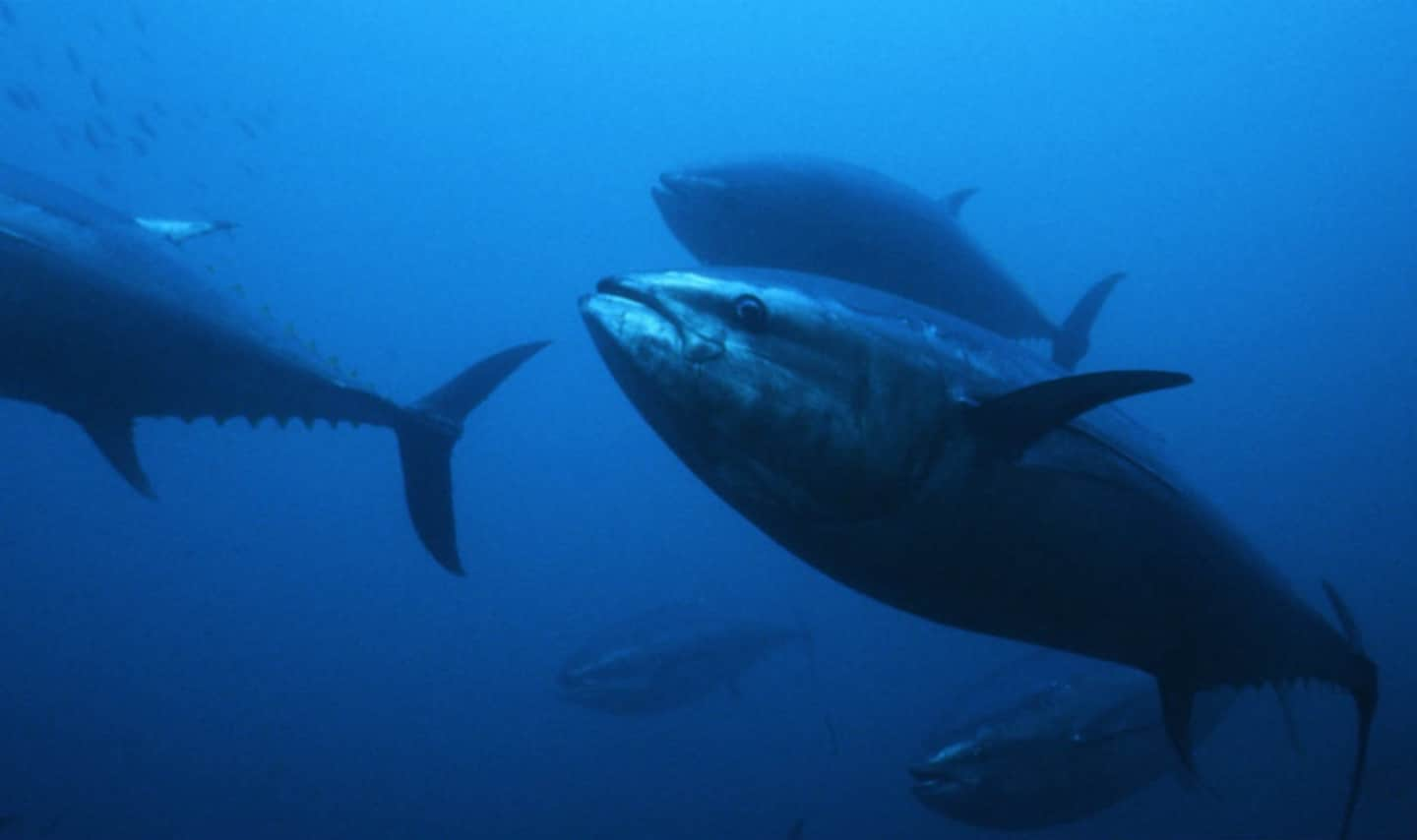Why Japan Loves Fish
Traditional Japanese cuisine, known as washoku, was included in December 2013 as a part of UNESCO’s Intangible Cultural Heritage list. Fish are an indispensable element in washoku culture, where a diverse array of ingredients is used with subtlety to prepare each dish.
By Highlighting Japanhttp://www.gov-online.go.jp/eng/publicity/book/hlj/html/201507/201507_02_en.html
To learn more, Highlighting Japan spoke to food culture expert and fermentation scholar Takeo Koizumi, who possesses vast knowledge about washoku and fish.
Why is Japan so intimately involved with fish?
Japan is a maritime nation surrounded by the ocean. From long ago there were many opportunities for catching fish, and records of eating fish date back to the middle of the Jomon Period [approximately 4,000 to 5,000 years ago]. The Oyashio and Kuroshio currents carry small fish close to the coastal areas, and they attract packs of larger fish in pursuit, so there is an abundance of fishing grounds along the coasts.
When we look inland, we see that a mountain range runs along the center of Japan, with annual rainfall of almost 2,000 milliliters. That large amount of rainwater is split by the mountain range and flows down to both the Pacific (eastern side) and the Sea of Japan (western side) forming a vast number of rivers. Thanks to this, the clear water streams were blessed with an abundance of freshwater fish, including species such as ayu [sweetfish] and ugui [dace]. Because the Japanese are a rice-farming people, we have reservoirs and marshes for creating rice paddies, and since fish live there as well, the people seldom ate meat until about 100 years ago. Fish were their primary source of animal protein.
What part do fish play in the creation and composition of washoku?
Washoku is comprised of seven principal types of ingredients and one supporting ingredient. The principal ingredients include root crops, greens, fruits and vegetables, edible wild plants, pulse crops—of which soybeans are prominent—marine plants, and grains, of which rice is prominent. Added to these is a supporting ingredient consisting of animal protein—fish, meat, eggs and so on.
While animal proteins are converted to amino acids inside the body and function as a source of stamina, the vegetable proteins contained in soybeans provide sufficient energy from a nutritional standpoint. Thus a washoku meal can be complete without the supporting ingredient. However, among the animal proteins, fish have the longest history as a dish eaten by the Japanese people, and so it is an essential part of washoku culture.
Umami has become a globally common term. How have fish been a part of umami culture?
From a physiological standpoint, the sense of taste was long considered to involve five flavors: sweet, spicy, sour, bitter and salty. Now umami [savory] has been added to that list. When soybeans are fermented, their proteins are converted to amino acids mainly comprised of glutamic acid, while fish proteins are converted to nucleic acids comprised mainly of inosinic acid. When these two types of acids are mixed, they create a synergistic effect that stimulates a magnified sense of umami.
What are the defining characteristics of fish in Japan?
First of all, because there is an amazing variety of fish, fish can be enjoyed seasonally when they are at their most delicious, when they are cheap and most available, have the most nutritional value, and can be prepared in a variety of ways. Second, both Japan’s seawater and freshwater fish can be consumed raw. Third is the presence of soy sauce, which is a seasoning that goes well with fish. Nothing goes as well with fish as the umami of soy sauce, which is made by fermenting soybeans.




